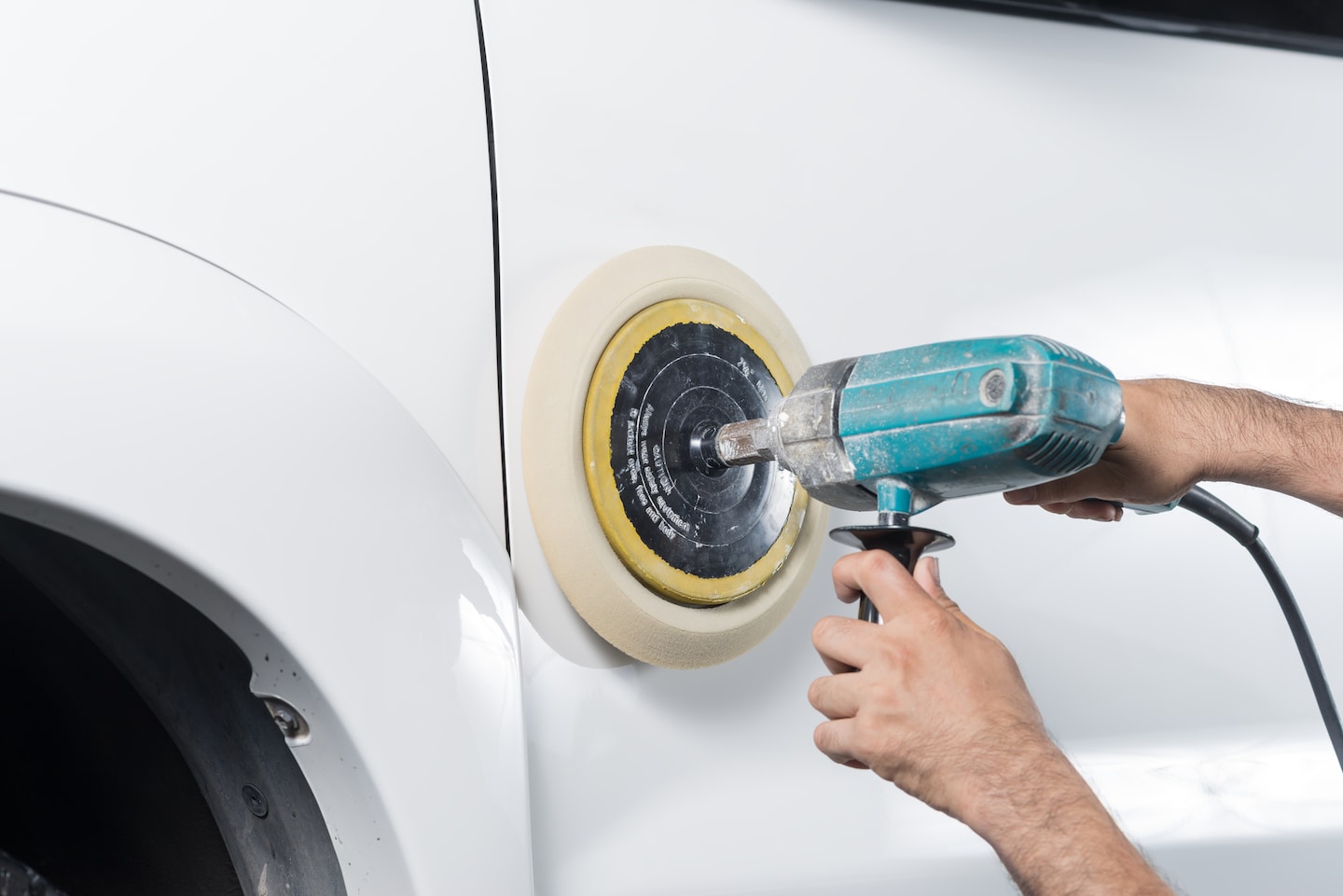Buffing and Waxing

Buffing and waxing are essential for protecting your car's paint job from the elements and making your vehicle look its best - but it's a labor-intensive and time-consuming process. Here are some tips to help you get the best results when buffing and waxing your vehicle.
Give it a thorough wash
Before you break out the wax or choose a buffer pad, make sure your vehicle is spotlessly clean. Otherwise, you run the risk of scratching up your vehicle's paint, ruining your buffer, and trapping grime under a layer of wax.
To make sure your vehicle is squeaky clean, experts recommend following a simple procedure. Since cars get dirtiest closer to the ground, consider washing your vehicle in segments, from top to bottom. This will prevent any grit from the bottom of your vehicle from getting caught in your washing mitt, traveling upwards, and scratching other portions of your car.
Let it dry
Water and wax don't play well together. While it may be tempting to buff or wax your car as soon as it's clean, be sure to get your car thoroughly dry with a chamois cloth. This will prevent your car from getting unsightly spots from the minerals in your water supply.
Safeguard plastic components
Rotary buffers operate at high speeds. While that's great for removing scratches from your car, it can pose a problem for cladding and other exterior plastic elements. To prevent these parts from getting damaged or warped, mask them off with easy-release, no-residue masking tape before you bust out the buffer.
Choosing the right equipment
Buffing uses mild abrasion to rid your vehicle of minor scratches and rust. Select the buffer pads and buffing compound based on the damage that needs to be buffed out. Deeper damage will require a coarser buffing compound, whereas superficial scratches, like swirl marks, can be managed with fine polishing compound. Start with the least-abrasive method possible, test it in a hidden area, and only switch to a more aggressive setup if the buffer isn't getting the job done.
Buffing technique
To give your car a professional-looking showroom shine, follow a few simple tips. Only work in small areas, keep the buffer pad moving, and use alternating vertical and horizontal movements to give your car an even shine. Avoid tilting the pad, as this can put too much pressure on one spot and damage your car's clear coat. Once you're done buffing, wipe away excess polish with a clean microfiber cloth.
Picking the right wax for your car
There are two main types of automotive wax - polymer and carnauba. Choose carnauba wax for a deep, lustrous shine. Just be aware that it only lasts about 60 days before it loses its protective and shine-enhancing properties. Polymer wax typically needs to be reapplied every six months, but it doesn't provide the same luster as carnauba wax. You can also find polymer-carnauba blends that offer a compromise between the two choices.
Applying wax to your vehicle
When it's finally time to wax your car, be prepared to work quickly - dried-on excess wax will look cloudy and unsightly. Place your car in the shade to keep the sun from curing the wax before you're done applying it. Using the pad supplied with your bottle of auto wax, apply the wax onto your car's exterior with smooth, circular motions. Wipe away any excess to prevent streaks and drips.
Whether you drive a classic car or a newer model, you can bring out the beauty of your vehicle by buffing out those scratches and giving it a fresh coat of wax.
-
Marin Acura
5860 Paradise Drive
Corte Madera, CA 94925-1203
- Sales: 415-413-0401